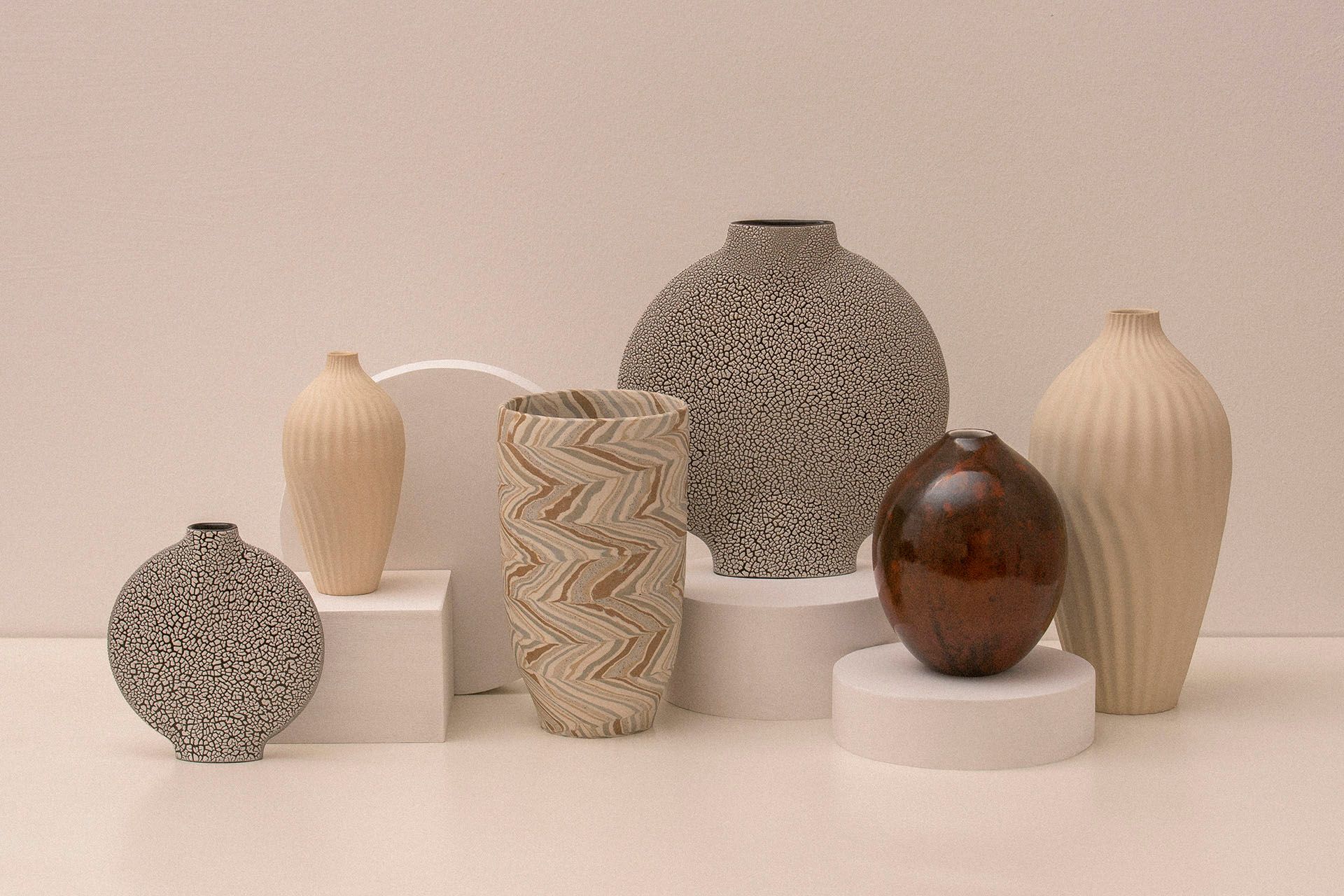What is the interpretative potential of a functional or decorative object? To what extent do the landscapes surrounding us define our identity? Zsuzsanna Sinkovits combined these two narratives to create her Geoform object series. The ceramic pieces evoke Hungarian landscapes through their shapes and surfaces, as well as the personal roots and memories of the creator.
Zsuzsanna Sinkovits, already at her high school entrance exams knew that ceramics was the medium through which she can truly express herself. She learned the basics of ceramic design at the Tömörkény István High School and Secondary Art School in Szeged, where her teachers at the time, Tünde Ruzicska and Boglárka Feketű, prepared her for the ceramic design course at the Moholy-Nagy University of Art and Design. “I can say that with due perseverance, but a straight path has led me to this career,” Zsuzsi said.

The artist approaches the medium of ceramics in a number of different ways: whether it’s functional or sculptural works, she always explores the subject matter following a preconceived set of criteria. “I am equally interested in craft and reproducible techniques, but I always decide according to the task at hand what best suits the concept,” she explains. “I often choose functional themes because I think this is an area where I can play a role as an object designer: to place an everyday object or situation that we are used to in a different perspective,” she emphasized. The creation of the Geoform object series, inspired by geological rocks, was also shaped by this design attitude: the resulting vases and bowls go beyond their utilitarian and decorative function.
Zsuzsi goes hiking quite frequently, and during these adventures, she collects various formations and rock samples that she finds interesting, which later serve as the materials for her glaze experiments. These exciting and diverse experiments were the basis for the Geoform collection as well. “It was natural that I should give these glaze experiments a character reminiscent of the place from which they originated. And the constraints of the last two years have made it clear that what surrounds us is a defining factor in our lives. Hence the idea to create a series that explores local landscapes that I am too familiar with,” she adds.
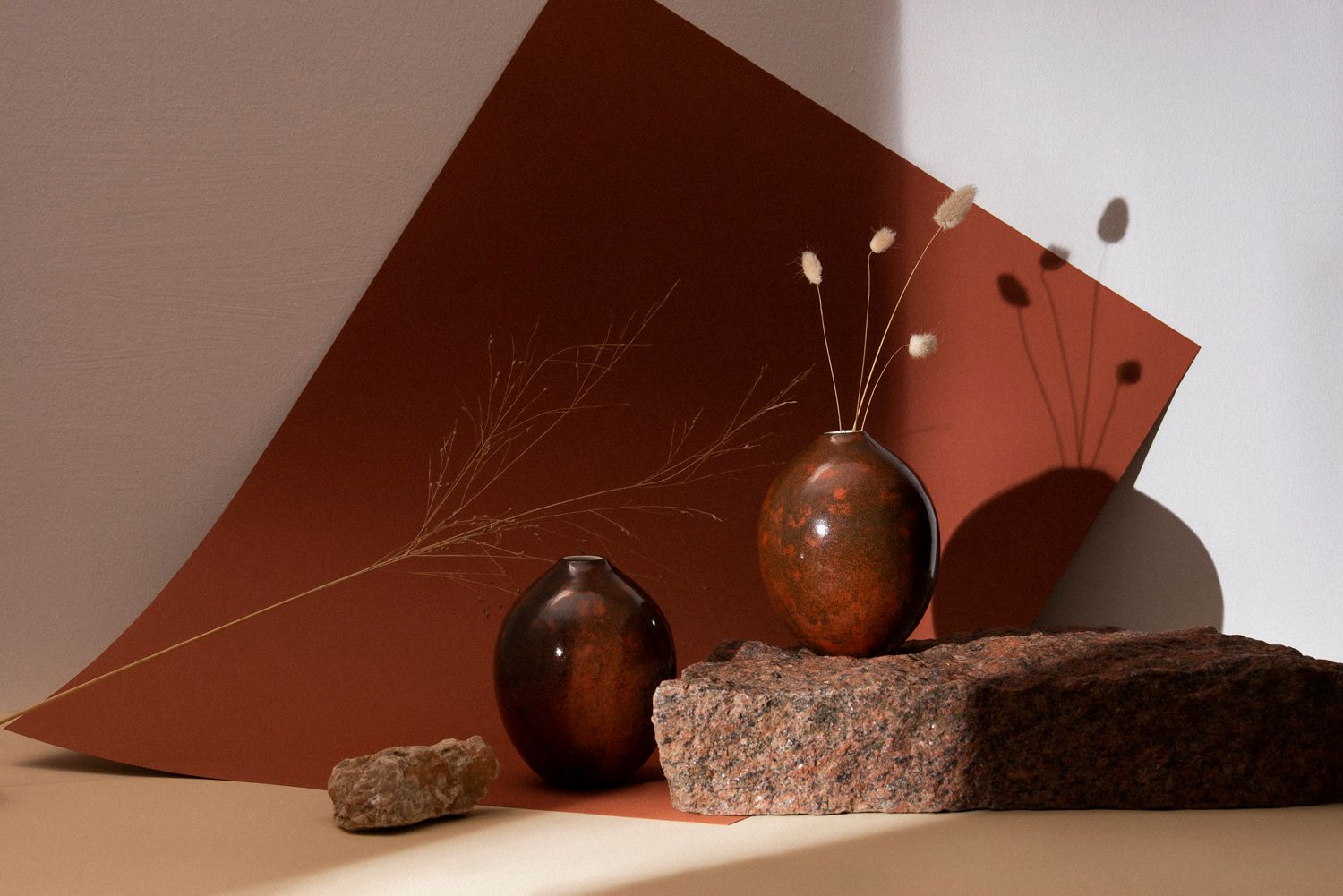
The objects, which draw on analogies of form and surface, explore four natural phenomena and thus four landscape types. The endless vastness of the Great Hungarian Plain is reflected in a lens-shaped vase covered with a crackled glaze, which captures the process of salinization of the dry soil. The quicksand of the Kiskunság region is reflected in a 3D-printed vase of rippled structures. The collection’s Nerikomi pots symbolize the rock layer formations of the North Hungarian Mountains, and the base of the red vase is made up of the bright red rocks from abandoned bauxite deposits of Gánt and the Mecsek region, which the artist mixed into the paste and glaze of the pieces as pigments.
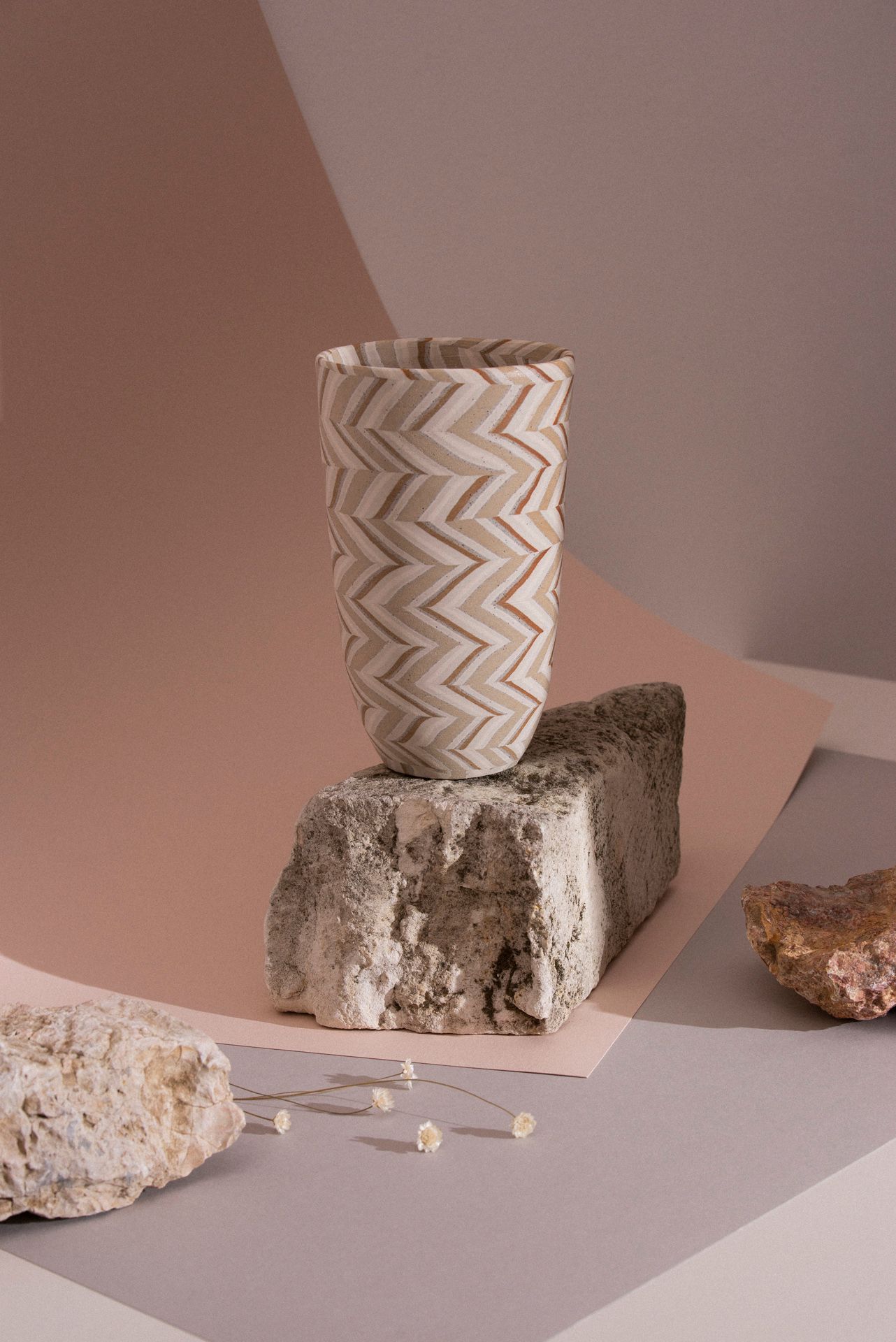
“The Geoform collection is not only a reflection of my personal experiences and memories but also material experimentation and research project. A take on the representation of our local treasures, where I seek to answer whether our native landscapes make up part of our identity? On the other hand, my objective is to bring the observer closer to the multiplicity of possible interpretations of an everyday functional or even a decorative object. In addition to the stories behind these objects which I want to convey, they also provide the curious observer with a wide range of possible associative interpretations.”

For Zsuzsi, the object series is part of an ongoing process of creation and research: among her plans is to work with more landscape types. The artist is currently working on the next Geoform ceramic object, inspired by the undulating surface of the rhyolite tuff typical of the Kazár area.
The Geoform ceramics are available at the 4minutes cafe in Budapest or at the Kunszt design shop in Veszprém.
Photos: Albert Alianna
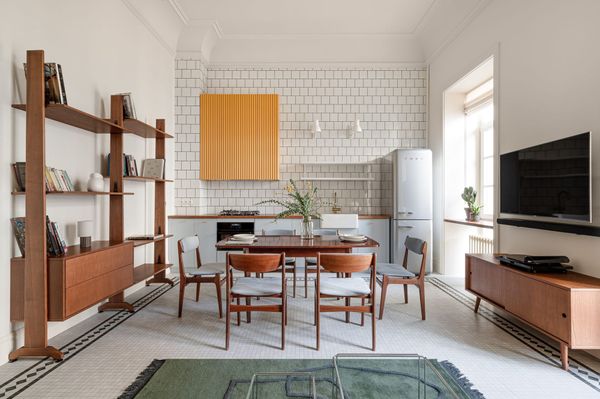
3 interior designers from the region who are worth keeping on your radar—IV.
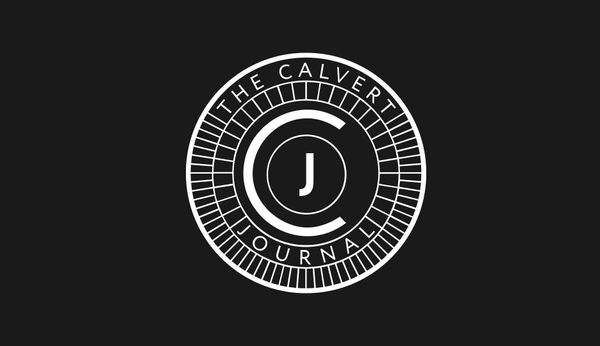
The Calvert Journal ceased publication until further notice










